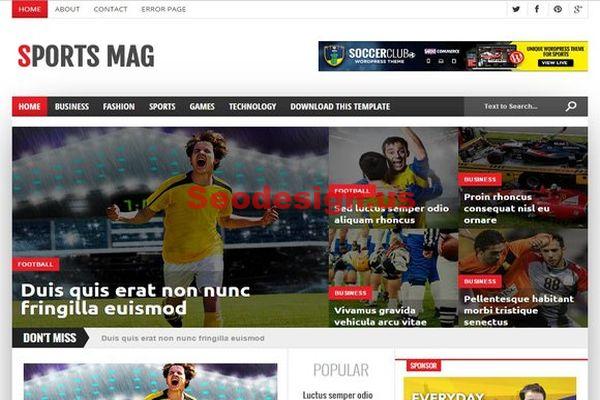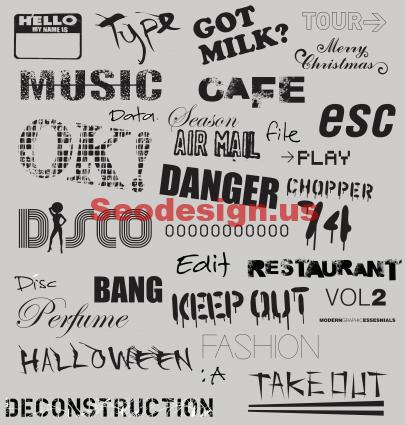In addition to the considerable degree of excitement generated about the “Internet of Everything” (IoE), there are a few cautionary notes beginning to creep into the dialogue about just how wonderful this is going to be. Briefly, the IoE brings with it the ability to connect not just people but pretty much everything else too – actuators that enable devices and machines to operate, sensors that detect and measure physical properties and respond to them, the vast range of things and objects on the internet and the ever-growing store of online data. Hooking up all these different services, resources and functions undoubtedly has the capacity to transform how we use data and also how we will be able to develop the potential of a huge number of processes.

Of course, the new connectivity is not without some drawbacks and disadvantages. There’s a lot of data out there, for one thing, and as a result, plundering it is made not only more tempting but also easier for cybercriminals determined to do damage. With the huge technological advances being made, human errors such as accidentally leaving confidential records on the back seat of a taxi could soon come to be viewed as the “good old, safe old” days of data management, particularly for those who are unprepared for what the IoE will bring, security-wise. This is particularly so if you run your web design startup business from home and don’t have an extensive IT department to oversee the safety and security of your online access and operations.
Check how secure your business data is
If your business depends on multiple computer operators based at your own home or elsewhere, you could find it is more vulnerable to attack. The same is true if you are frequently connecting to a lot of different websites – unavoidable given the nature of the web design business. The first place to start, then, is with safeguarding both your home network and all the devices that connect to it, including smartphones, tablets and laptops. After all, your network is a business asset and deserves to be protected in much the same way as you protect expensive machinery or intellectual property.
Do the research and understand the glitches
If you understand how your network actually functions, you are halfway to identifying both its advantages and strengths and its weaknesses and vulnerabilities. In particular, Shellshock, also called Bash Bug, is harmful to many operating systems, including more than 500 million web servers that are using the internet today. Linux, UNIX and some devices using Windows or Mac OS X are affected. The extent to which Android is vulnerable is as yet unclear, though Google has stated that no Android devices are susceptible to Bash Bug attacks.
Bash Bug permits a third party to inject malicious codes without your authentication from a remote location. It can enable hackers to take over your operating system or gain access to some or all of your confidential data. Additionally, it can set up your network or devices for future harmful attacks.
Use HTTPS
For your own safety, and also when advising your web design customers, you should opt to deploy HTTPS (Hypertext Transfer Protocol Secure) to ensure all communication over a computer network is secure. This means any websites visited will be authenticated, and the integrity and privacy of data exchanges will be protected. Specifically, HTTPS protects against eavesdropping and any external tampering with or false duplication of the contents of internet-based communications.
It must be emphasised that this provides a reasonable guarantee that you and your clients are communicating with the website you intended rather than with an impostor. You will also be ensuring that a third party is unable to read, imitate or misrepresent the contents of communications between you as the user and the destination site.
Consider your responsibilities
Website design is an all-encompassing function, covering the whole of the development life cycle of a site, from your initial planning and strategies for site features through to how you execute and manage these. This means that you have a responsibility on behalf of your client to clarify security risks and design features to mitigate them. You should validate all data, review security regularly, and seek client approval at every key development stage, as well as work closely with any development teams working on software code in order to minimise risks.
As long as you take your security duties seriously and integrate checks and balances into site testing and alerting mechanisms, your home-based web design startup should not only cope admirably with the IoE but also surpass your client’s expectations for internet safety and security.





